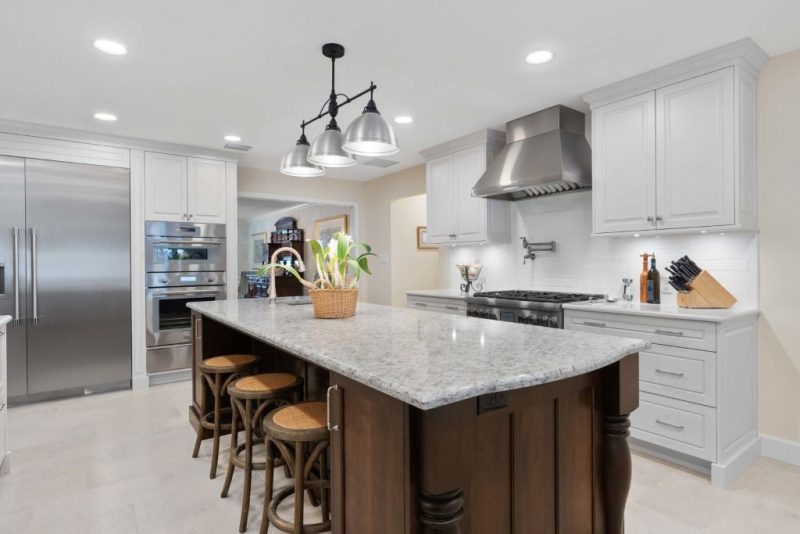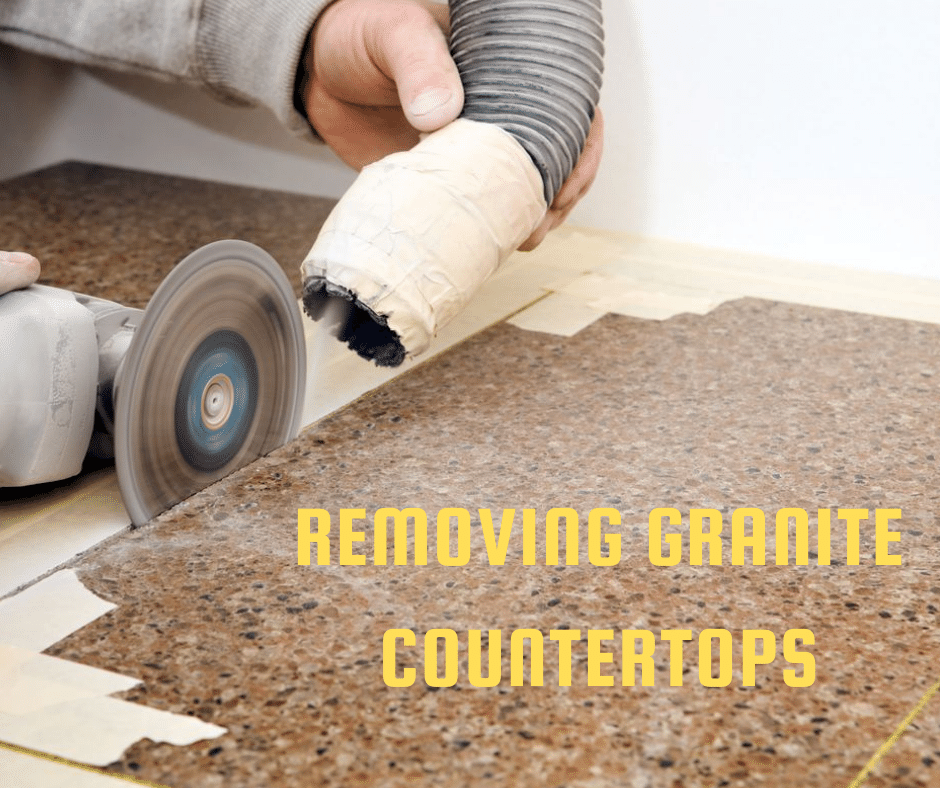Dolomite countertops are an increasingly popular choice for their stunning looks and relative affordability. Resembling the luxurious beauty of marble, dolomite adds a touch of elegance to any kitchen. But with this beauty comes practical questions, and one of the most common is: Can dolomite withstand the heat of everyday cooking? Let’s dive into this crucial issue.
Dolomite: Understanding its Properties
Dolomite is a natural stone, a close cousin to marble. It forms from sedimentary rock, primarily limestone, which has been exposed to heat and pressure. This process gives dolomite a slightly harder and denser composition than marble. This translates into better scratch resistance but leaves it more susceptible to etching from acids.

Heat Resistance: What the Experts Say
The good news is that dolomite does possess a degree of heat resistance. Unlike quartz, a manufactured surface, dolomite will not immediately scorch or crack when a hot pan is placed on it. This is a significant advantage in a busy kitchen where practicality is key.
However, it’s important to understand “heat resistant” doesn’t equate to “heatproof.” There are a few key reasons why caution is still advised when it comes to hot pans and dolomite countertops:
- Long-term wear: While dolomite may tolerate the occasional hot pot, consistent exposure to high temperatures can lead to eventual discoloration or damage to the surface over time.
- Sealant protection: The sealant used on your dolomite countertop greatly affects its heat tolerance. Some sealants are more heat resistant than others. If your sealant fails, it exposes the vulnerable stone underneath.
- Extreme heat: Direct contact with extremely hot items, like a pan straight from a 500-degree oven, could still leave its mark on your dolomite.
Best Practices for Preserving Your Dolomite
To maximize the longevity and beauty of your dolomite countertops, it’s wise to adopt a few easy habits:
- Trivets and hot pads are your friends: Always use a trivet or heat-resistant pad as a barrier between hot pans and your countertop. This simple step will protect your investment.
- Don’t take risks: Avoid placing extremely hot objects (pans directly from a high-heat oven or stovetop) on your dolomite.
- Seal your countertops: Seal your dolomite countertops regularly according to the manufacturer’s recommendation. A good sealant helps prevent damage from heat exposure and other common kitchen hazards.
- Be proactive about wiping spills: This is especially important for acidic substances like citrus juice and vinegar, which can etch dolomite even without heat.
What if I see damage?
Don’t despair if a hot pan leaves a mark on your countertop. Depending on the severity, you might be able to remedy it yourself with a polishing compound designed for natural stone. For more substantial damage, consult with a stone restoration professional.
Alternatives to Consider
If you’re passionate about cooking and heat resistance is non-negotiable, here are alternatives to dolomite with even greater heat tolerance:
- Granite: This ever-popular natural stone is highly resistant to heat, making it a great choice for kitchens that see a lot of action.
- Quartz: An engineered stone made from resin and quartz chips; it is one of the most heat-resistant and durable countertop materials.
- Soapstone: A dense natural stone that’s both heat-resistant and non-porous, making it less prone to staining.
The Verdict: Dolomite Can Handle Some Heat
Dolomite countertops offer a good degree of heat resistance for everyday kitchen use, making them a better choice for hot pans than marble. By taking the simple precautions outlined above, you can preserve the beauty of your countertops for years to come.
If, however, absolute heat resistance is your top priority, it may be worthwhile exploring other countertop materials that provide even greater protection from the extremes of a busy kitchen.




